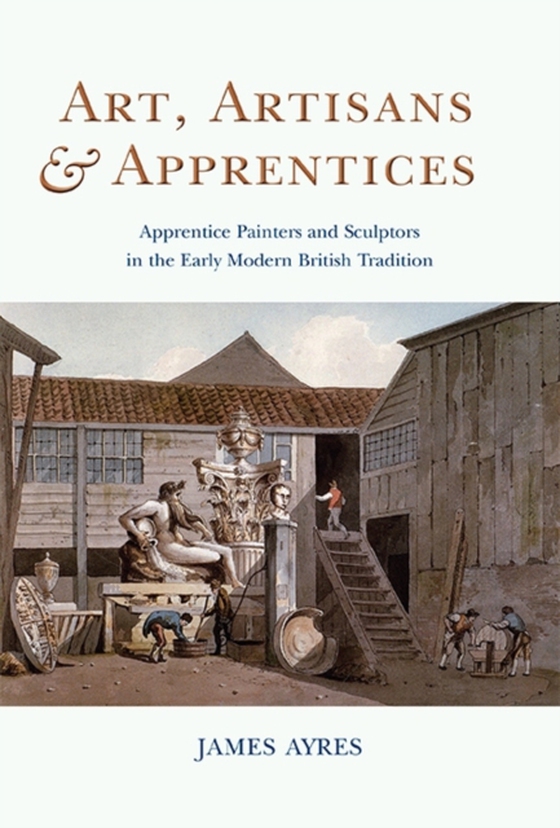
Art, Artisans and Apprentices e-bog
189,38 DKK
(inkl. moms 236,72 DKK)
Before the foundation of academies of art in London in 1758 and Philadelphia in 1805, most individuals who were to emerge as artists trained in workshops of varying degrees of relevance. Easel painters began their careers apprenticed to carriage, house, sign or ship painters, whilst a few were placed with those who made pictures. Sculptors emerged from a training as ornamental plasterers or car...
E-bog
189,38 DKK
Forlag
Oxbow Books
Udgivet
30 juni 2014
Længde
448 sider
Genrer
1KB
Sprog
English
Format
epub
Beskyttelse
LCP
ISBN
9781782977438
Before the foundation of academies of art in London in 1758 and Philadelphia in 1805, most individuals who were to emerge as artists trained in workshops of varying degrees of relevance. Easel painters began their careers apprenticed to carriage, house, sign or ship painters, whilst a few were placed with those who made pictures. Sculptors emerged from a training as ornamental plasterers or carvers. Of the many other trades in a position to offer an appropriate background were ‘limning’, staining, engraving, surveying, chasing and die-sinking. In addition, plumbers gained the right to use oil painting and, for plasterers, the application of distemper was an extension of their trade. Central to the theme of this book is the notion that, for those who were to become either painters or sculptor, a training in a trade met their practical needs. This ‘training’ was of an altogether different nature to an ‘education’ in an art school. In the past, prospective artists were offered, by means of apprenticeships, an empirical rather than a theoretical understanding of their ultimate vocation. James Ayres provides a lively account of the inter-relationship between art and trade in the late seventeenth to early nineteenth centuries, in both Britain and North America. He demonstrates with numerous, illustrated examples, the many cross-overs in the ‘art and mystery’ of artistic training, and, to modern eyes, the sometimes incongruous relationships between the various trades that contributed to the blossoming of many artistic careers, including some of the most illustrious names of the ‘long’ eighteenth century.
 Dansk
Dansk

